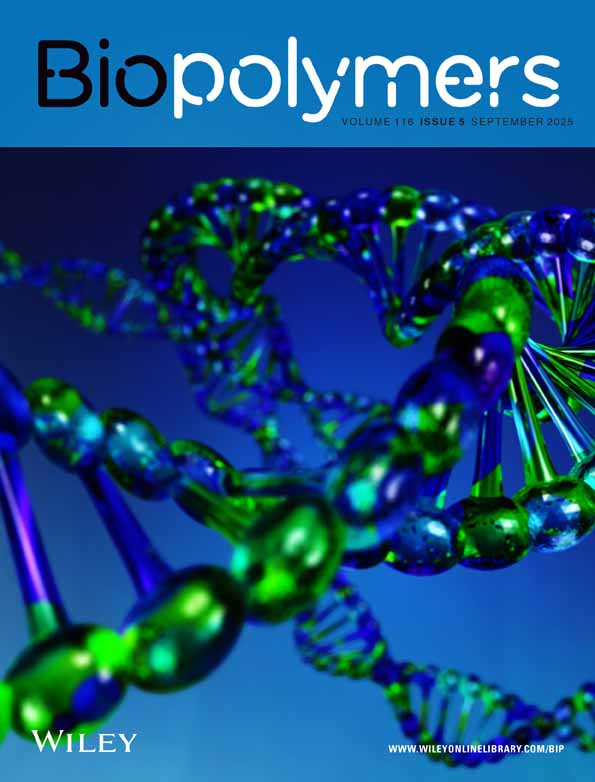The use of UV-visible spectroscopy for the determination of hydrophobic interactions between neuropeptides and membrane model systems
Abstract
Ultraviolet-visible spectroscopy has been used as a rapid method to evaluate the hydrophobia interactions between a series of cationic and zwitterionic neuropeptides and dipeptides with the hydrophobia core of two membrane model systems; sodium dodecyl sulfate and lysophosphatidylcholine micelles. If a hydrophobia interaction occurs, a 1−nm bathochromic shift is observed in the uv-visible spectrum of the aromatic side chains when going from aqueous solution to a micellar solution. The aromatic residues of substance P, bradykinin, and Des-Arg9 bradykinin all exhibited the 1−nm bathochromic shift in the presence of sodium dodecyl sulfate while those of Met-enkephalin did not. The opposite effects were observed in the presence of lysophosphatidylcholine micelles. © 1992 John Wiley & Sons, Inc.




